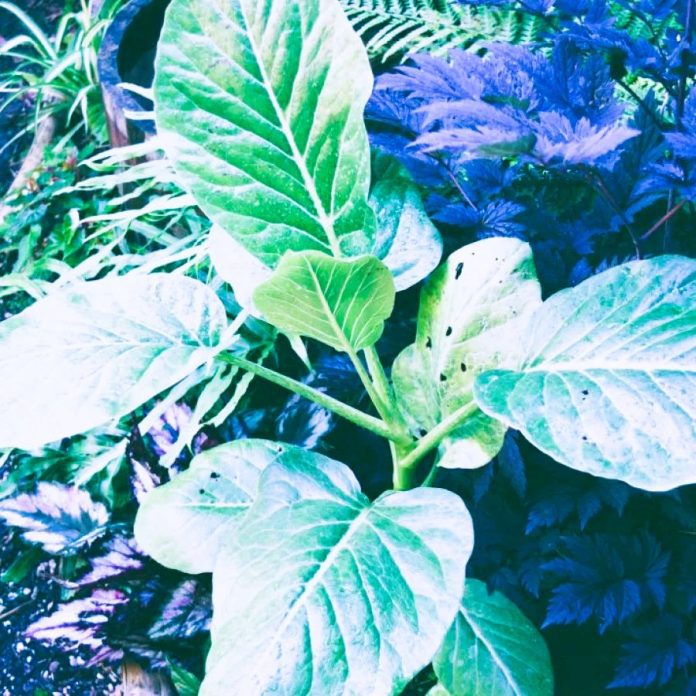Welcome to where we delve into the untold stories of nature’s hidden histories. Today’s episode takes us to a remote corner of the globe, to the rugged Juan Fernández Archipelago, where one small tree is fighting a battle for survival. Its name? Dendroseris litoralis, better known as the Cabbage Tree.
This is the story of how an isolated species went from thriving to the brink of extinction—and how the island it calls home holds the clues to its mysterious downfall. In this investigative episode, we’ll uncover how humans, often without realizing, have shaped the fate of the Cabbage Tree and why its survival hangs in the balance.
To understand the history of Dendroseris litoralis, we need to go back to where it all began. The Juan Fernández Islands—hundreds of miles off the coast of Chile, far from the reaches of civilization. These volcanic islands emerged millions of years ago, and over time, life found a way to settle on their barren shores. Slowly, plants and animals arrived, carried by winds, birds, and ocean currents.
Among the plants that found their way to these remote islands was the Cabbage Tree. Evolving in total isolation, it became uniquely suited to the conditions of Juan Fernández. Its large, thick leaves trapped moisture from the humid air, sustaining the tree through the harsh winds and dry spells.
The islands themselves were a paradise—a unique blend of flora and fauna found nowhere else on Earth. For centuries, the Cabbage Tree flourished, coexisting with the island’s native birds, which helped pollinate it and disperse its seeds. This was a delicate balance, but one that worked.
Then, the outside world arrived.
In 1574, the Juan Fernández Archipelago was discovered by Spanish sailors. These islands, isolated for so long, suddenly became a stopping point for explorers, traders, and later, colonists. Ships brought supplies, but they also brought unwelcome visitors—rats, mice, and goats.
The introduction of these animals was a turning point in the history of the islands. Rats, with their voracious appetites, quickly spread across the islands, devouring the seeds of native plants. Goats, meanwhile, grazed on the vegetation, stripping the land of young trees and plants, leaving little room for new growth. The ecosystem, once balanced, began to collapse.
For Dendroseris litoralis, this marked the beginning of a slow decline. The Cabbage Tree’s seeds, once dispersed by the now-declining native bird population, were eaten by the rats. Goats trampled young saplings, ensuring that fewer and fewer of these trees could mature. What had once been a thriving species, essential to the island’s ecosystem, was now struggling to survive.
Historical records tell us that by the 18th century, the damage to the Juan Fernández Islands was clear. Sailors and settlers described once-forested areas reduced to bare slopes, and scientists later documented the sharp decline in native plant species, including Dendroseris litoralis.
The Cabbage Tree, which had once covered significant portions of the islands, was becoming a rarity. But because the islands were so remote, few people noticed, and fewer still cared. The plight of Dendroseris litoralis was largely invisible, hidden behind the more pressing concerns of colonization and trade.
Fast forward to the early 20th century, and the situation had worsened dramatically. By the 1950s, fewer than 100 individual Cabbage Trees were left in the wild. Scientists visiting the islands at the time began to sound the alarm. If nothing was done, this unique species would soon disappear forever.
It wasn’t until the 1970s that real efforts began to catalog and study the island’s declining biodiversity. By then, the damage was obvious. Invasive species had decimated the native flora and fauna, and Dendroseris litoralis was now on the critically endangered list. The tree, once central to the island’s ecological health, was now a ghost of its former self.
In the 1990s, botanists and conservationists began taking more direct action. Small nurseries were established, and Dendroseris litoralis was carefully cultivated under controlled conditions. These were hopeful times—scientists had managed to collect seeds from the remaining wild trees and were growing them in greenhouses, far from the reach of rats and goats.
However, reintroducing the tree to its natural habitat proved far more challenging than expected. The island’s ecosystem had changed so dramatically that the birds that once pollinated the tree were now scarce. The invasive plants that had taken root competed aggressively with the Cabbage Tree, preventing it from regaining its foothold.
But the story of Dendroseris litoralis is not just about a single species on the verge of extinction. It’s a window into how ecosystems evolve and how fragile they can be in the face of change. Juan Fernández, like many isolated islands, is a microcosm of the larger world. It demonstrates what happens when a delicate balance is disrupted.
For the Cabbage Tree, that disruption came in the form of human exploration. Although it was not intentional, the arrival of invasive species set off a chain reaction that has been nearly impossible to reverse.
Despite decades of conservation efforts, Dendroseris litoralis remains critically endangered today. Conservationists are working to reintroduce more of these trees into the wild, and with careful management, the population has stabilized somewhat. But the tree’s future remains uncertain.
As we look forward, the story of Dendroseris litoralis serves as a cautionary tale. It reminds us that ecosystems, especially those in isolated environments, are incredibly vulnerable to even the smallest disturbances. When invasive species are introduced, when habitats are destroyed, the impacts can be catastrophic and long-lasting.
For now, the Cabbage Tree continues its slow struggle for survival, a living reminder of the balance between nature and human activity. Its survival will depend not just on science, but on our ability to understand and respect the ecosystems that support life on this planet.
So, as we end today’s investigation, we leave you with a question: How many more species, like Dendroseris litoralis, are quietly vanishing? And what will it take to ensure that their stories don’t end in silence?
In a surprising twist to this story, you don’t have to travel to the Juan Fernández Islands to help preserve the legacy of Dendroseris litoralis. Today, this rare plant can actually be grown right here in the UK. Thanks to conservation efforts and the dedication of specialty nurseries, Dendroseris litoralis has become available for cultivation, offering plant enthusiasts a chance to contribute to its survival. If you’re interested in growing this unique tree, UK Tropicals now offers detailed grow guides to ensure success. With the right conditions—mild temperatures, plenty of moisture, and sheltered from frost—you could help protect a critically endangered species in your own back garden. Visit UK Tropicals to learn more about how you can take part in the conservation of the Cabbage Tree and bring a piece of the Juan Fernández Islands into your garden.




